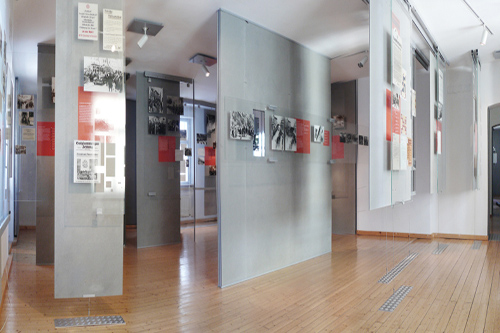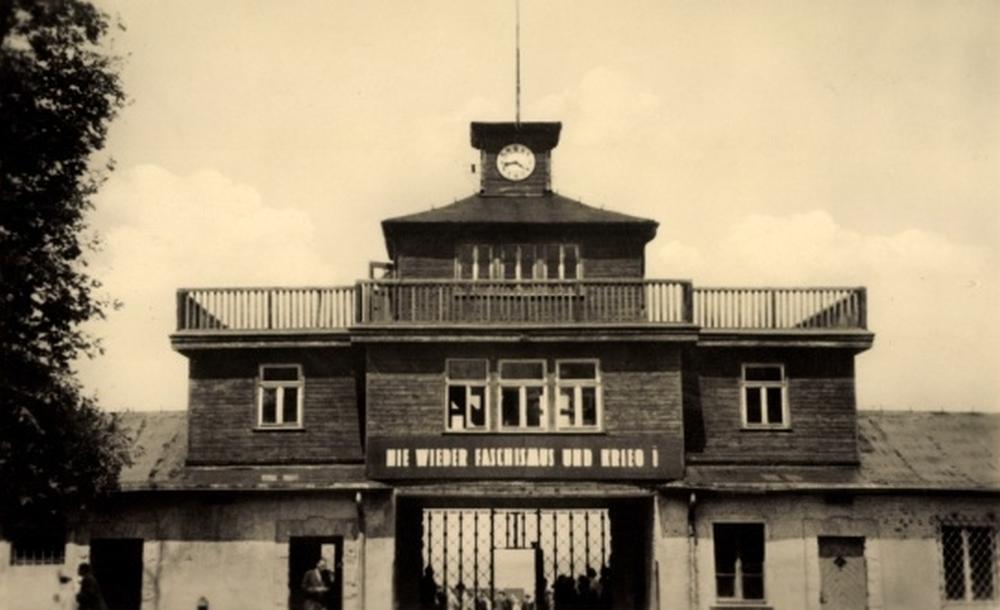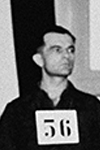Museum Concentration Camp Ebensee
This museum is not on the location of the former camp but is located in the centre of Ebensee.
The Ebensee concentration camp was erected as a labour camp subordinate to the Mauthausen Concentration Camp. The first inmates arrived in Ebensee on 18 November 1943. Until the time when the construction of the first barracks was finished, the prisoners had to stay in a storehouse of the weaving mill. To cover up the existence of the camp, SS officers used the code names Kalk (limestone), Kalksteinbergwerk (limestone mine), Solvay and Zement (cement).
The main purpose of Ebensee was to provide slave labour for the construction of the enormous underground tunnels which were to be used for research purposes and the development of the A9/A10 Interkontinentalrakete (intercontinental rocket, V2). The original plan had to be given up as other productions of military importance were assigned a higher priority. Those parts of the tunnels, however, that had already been finished were used for fuel production (Tunnel A) and the manufacturing of motor parts for tanks and lorries of the Steyr-Daimler-Puch Werke and the Nibelungen Werke (Tunnel B). The production of fuel from crude oil started within the framework of the Geilenberg programme on 4 February 1945.
In all, 7.6 kilometers of underground facilities were built by camp inmates within about 16 months.
Apart from a few exceptions, all prisoners were registered in the Mauthausen concentration camp and then transported to the subordinate camp in Ebensee. According to the camp registers, 27,278 male prisoners were incarcerated in the Ebensee camp between 18 November 1943 and 6 May 1945. About 1,500 camp inmates were transferred from Ebensee to other sub camps, e.g. to Redl-Zipf (code name Schlier) or Wels and after several months brought back to Ebensee; as a result these prisoners were registered in the camp records a second time. From January 1945 onwards, transports with masses of prisoners arrived from evacuated concentration camps and led to an unbearable situation and the complete breakdown of supply. On 23 April 1945, the number of inmates in the Ebensee camp reached its peak with 18,509 prisoners. Members of the SS command tried to bring about the death of the new arrivals most of whom were of Jewish origin and therefore to minimize the number of camp inmates.
On 6 May 1945, the 3rd Cavalry Reconnaissance Squadron of the US army liberated the Ebensee concentration camp. Despite medical aid provided by field hospitals and supply by the UNRRA (United Nations Relief and Rehabilitation Administration), about 750 camp inmates died in the week of the camp's liberation.
From July 1945 to January 1946, the US army used the former concentration camp to incarcerate German SS members of the Panzerdivision Hohenstauffen, later on, it served as a DP (displaced persons) camp.
Building works for the erection of apartment buildings which still exist on the former camp site started in 1949.
Approximately 8,200 prisoners died in the Ebensee camp. In the beginning, the SS transported the corpses to the main camp in Mauthausen for cremation. Numerous prisoners who were unable to work or had fallen ill were also transferred back to Mauthausen and are likely to have died there. From the end of July 1944, the corpses were burned in the Ebensee camp’s crematorium. In March and April 1945, the SS erected two mass graves because of the high death rate. The Italian Hilda Lepetit had the first memorial built above one of the graves in 1948. The current camp cemetery was established by the Upper Austrian provincial government around the Lepetit memorial in 1952. About 3,600 concentration camp victims are buried in the mass and single graves.
For current visiting hours, please visit the website of the museum.
Do you have more information about this location? Inform us!
Source
- Text: KZ-Gedenkstätte und Zeitgeschichte Museum Ebensee
- Photos: KZ-Gedenkstätte und Zeitgeschichte Museum Ebensee
Related books
Nearby
Point of interest
- Remains KZ Ebensee - Ebensee
- Tunnels Concentration Camp Ebensee - Ebensee
- KZ Ebensee - Camp 403 - Ebensee
Monument
- War Memorial Traunkirchen - Traunkirchen
- War Memorial Neukirchen - Neukirchen
- War Memorial Neukirchen bei Altmünster - Neukirchen bei Altmünster












